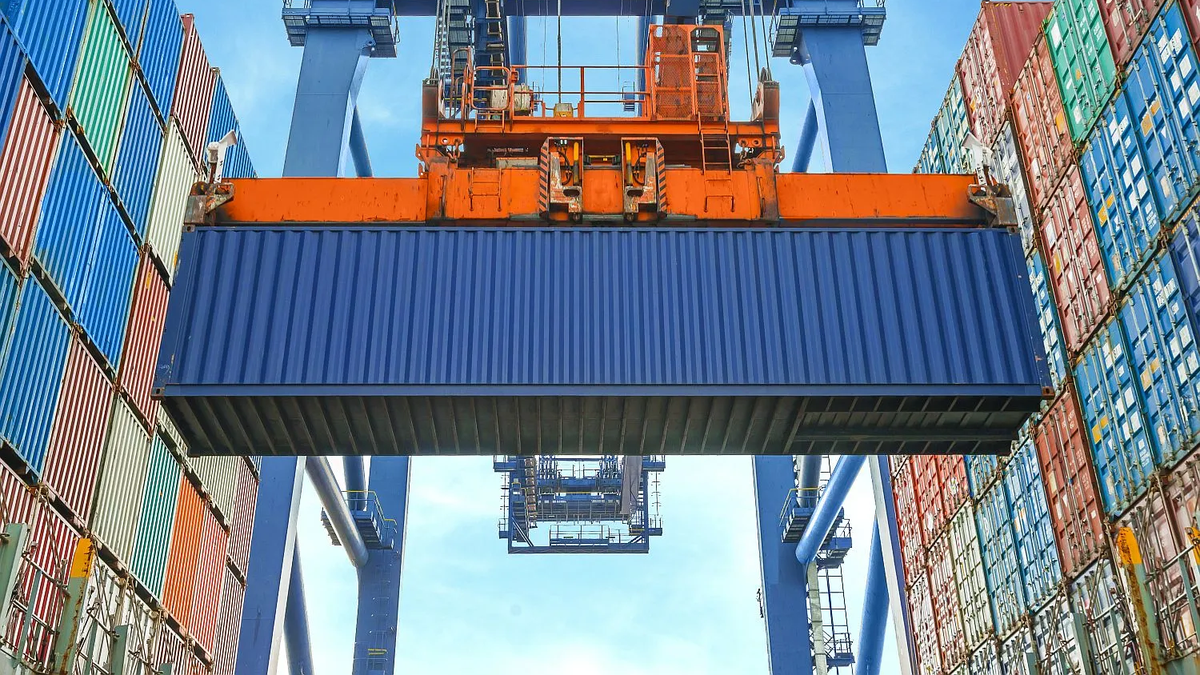The placement of BOPREAL, the bonus for importers with debts to their suppliers prior to the change of government, did not imply that this type of liabilities decreased so far in the current administration. As Ámbito said, the scheme of staggered access to the official dollar to pay for foreign purchases after December 13 generated a record of payments made that the economic team used as a bridge to buy foreign currency in the low season months of agricultural settlements. Although the very modality of cancellation of imports in quotas means that its effect on the recovery of reserves has already begun to reduce, it will continue to have an impact until April. As a result, specialists calculate that The new commercial debt accumulated until the end of March will be equivalent to the amount of previous liabilities that the Central Bank intends to channel through the three series of BOPREAL.
This Thursday the first tender of series 3 of the bond in dollars (which is subscribed in pesos) ends with which the Central Bank seeks to “organize” the previous large stock of commercial debt, while at the same time hoovering up money and dollarizing remunerated liabilities. Therefore, it is a tool that Javier Milei, Luis Caputo and Santiago Bausili consider key for lifting the stocks. For now, The first two series channeled US$7,000 million. With the third, it aims to place another US$3,000 million and reach a total of US$10,000 million.
In parallel, while conveying with the BOPREAL the commercial liabilities increased last year due to the access restrictions to the MULC exacerbated in the context of the drought, the BCRA is quoting the import payments agreed upon during the current mandate through an access scheme staggered to the official dollar. In this way, as Ámbito said, In December, only 17% of foreign purchases made that month were paid and in January, 24%.
Thus, a report of Audemusthe firm founded by former minister Matías Kulfas, pointed out that this allows us to assume that the importers’ debt continued to rise in that period and estimated that the accumulated increase would amount to US$6,000 million with respect to the “normal” ratio between accrued and paid imports. For its part, the consultant 1816 calculated that between December and January HE They accumulated US$7,000 million of new commercial liabilities. That is to say, the increase is similar to the stock of previous debt conveyed through BOPREAL.
Forecasts indicate that the dynamic would continue in March, although at a slower speed. However, Audemus foresees that The new commercial debt would accumulate US$10 billion at the end of March, “if an increasing accrual/paid ratio is assumed in February and March” compared to the very low levels of December and January. Its about same amount that the BCRA will place between the three versions of BOPREALif it manages to attract the market towards the placements of the third series that until now is seen with less enthusiasm.
“At least until now, in macroeconomic terms, BOPREAL did not resolve the inheritance of import debt, but rather the new debt taken on in the first two months of Milei.”considered 1816. The consulting firm led by Adrián Rozanski, Mariano Skladnik and Martín Defilippo clarified that there were changes in microeconomic terms: “BOPREAL gave a solution to the debtors most in need of paying off their liabilities.”
Dollar Imports Expotarciones.jpg
With the payments made by the BCRA, the debt of importers continued to rise in recent months.
123RF
Commercial debt: how is it next?
The estimates of officials and analysts agree that starting in April, import payments will be balanced with purchases arranged during the month, when taking into account the quota for access to the MULC at 30, 60, 90 and 120 days for most of the goods.
In that sense, Audemus stated that the new debt generated during the summer “puts a floor on the total paid for imports during the second and third quarters of the year.” That is why At the BCRA for the moment they plan to maintain staggered access to the official dollar for importers, beyond the rush to remove the exchange rate.
All in all, although from the fourth month onwards it will no longer have commercial debt as a tool to support foreign currency purchases in the official market, the truth is that by that time the largest flow of agrodollars derived from the liquidation of the coarse crop. Thus, Audemus predicts that, given the external and fiscal adjustment, the “increase in import debt, unlike what happened during 2023, has prospects for normal payment.”
Likewise, as Ámbito said, the market warns that the outlook for dollar cash is far from showing slack. For example, the Capital Foundation pointed out that the reduction in export projections (due to lower international prices and the heat wave that affected the prospects for the harvest) and the external debt payments scheduled for this year are some of the factors that weigh when it comes to doing the math for the lifting of the stocks. And he stated that the moment in which the elimination of the so-called “blend dollar” is defined will be key (which transfers 20% of the export settlement to the CCL market, that is, reduces the income of foreign currency to the reserves), which the IMF proposed for June of this year.
In this sense, Audemus concluded: “The evolution of monetary aggregates, remunerated liabilities and BCRA reserves are positive in these first 70 days of government. However, the speeches of definitive triumphs and premature euphoria must be qualified, which in some cases even lead to statements regarding the imminence of dollarization of the Argentine economy. Without additional external financing, the government’s race to stabilize the Argentine economy is more like a marathon than a 100-meter race.” It is something that appears on the horizon of the negotiations between the Government and the IMF, still without concrete progress.
notice-companies.jpg

Source: Ambito




